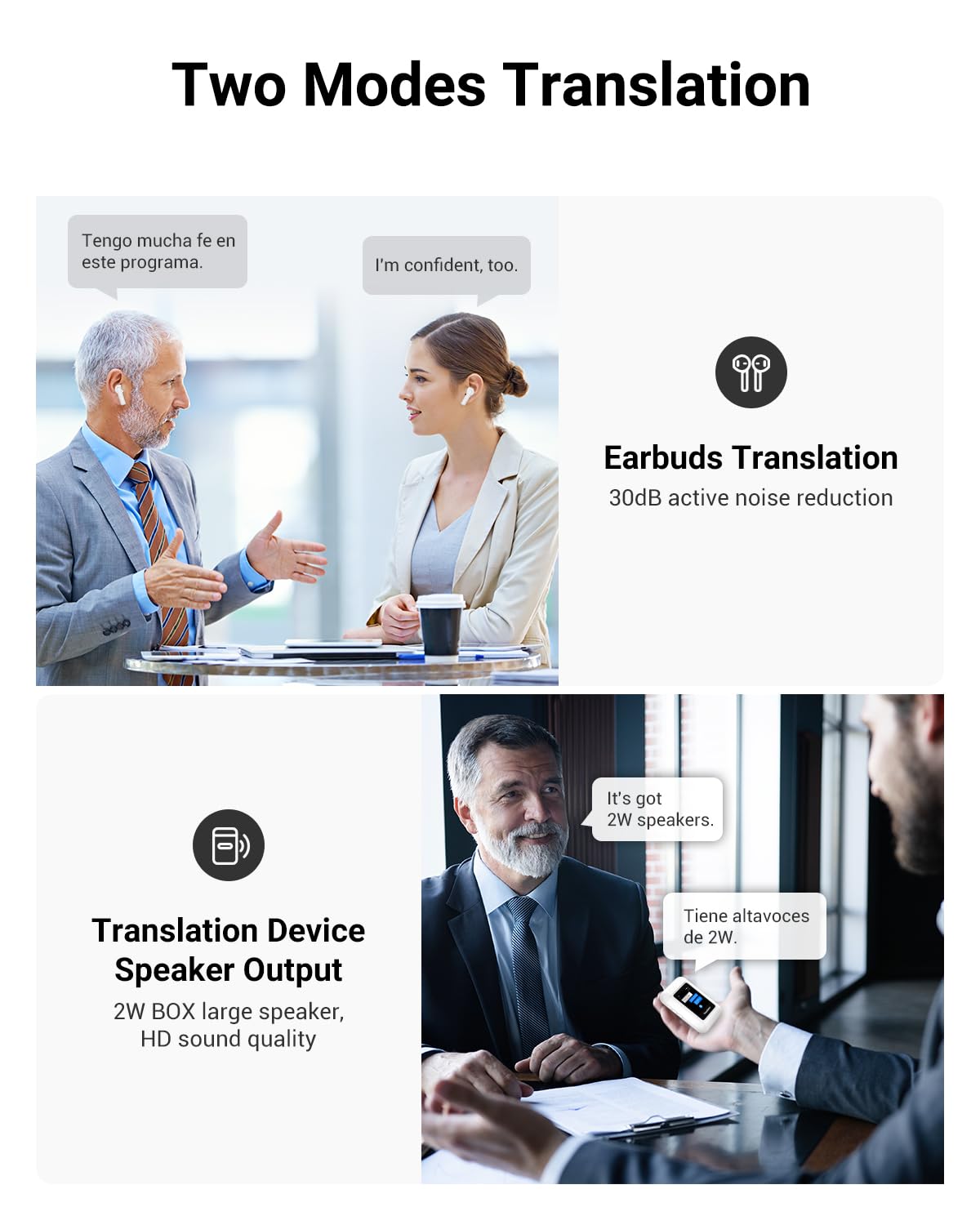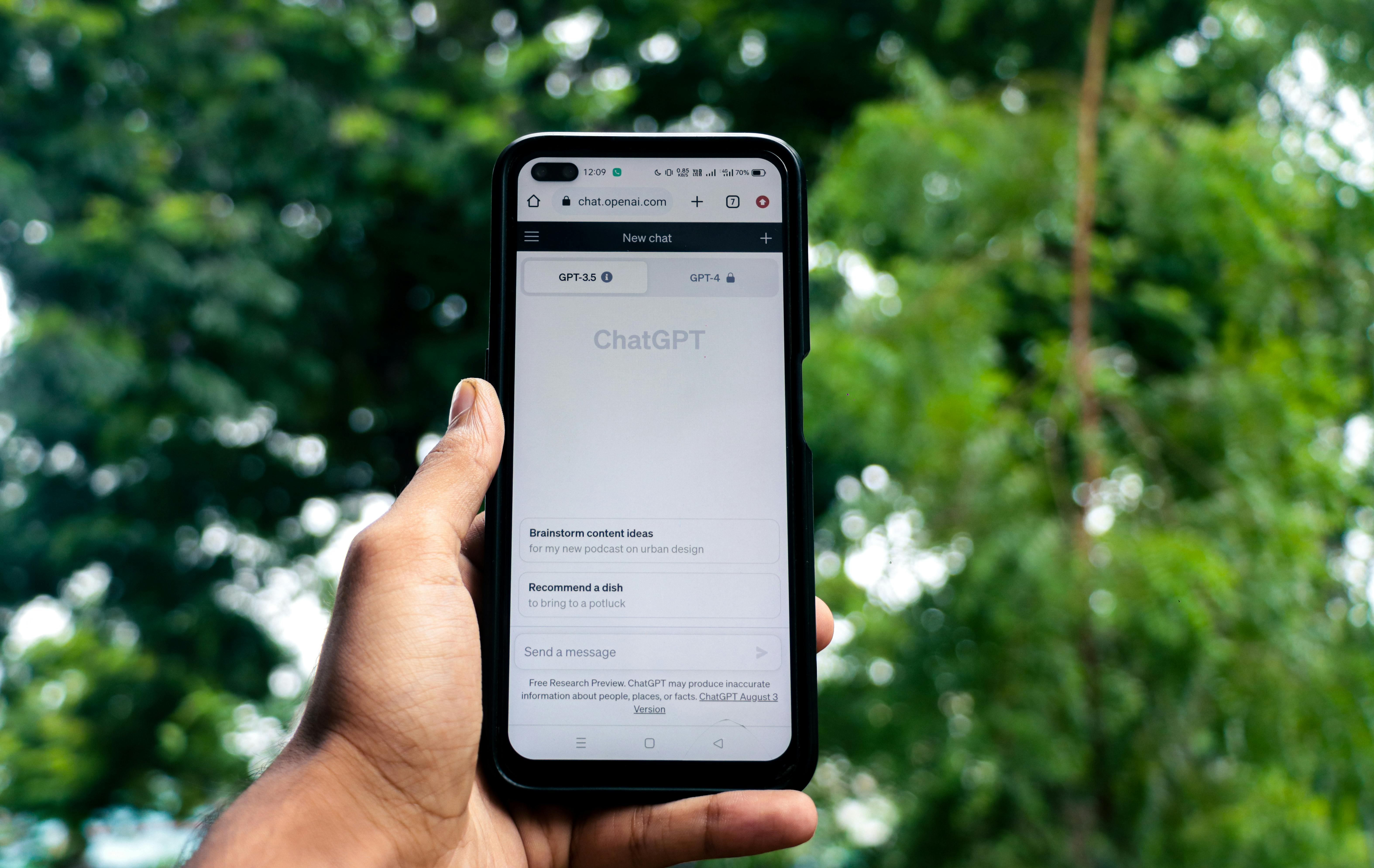Did you know 1 in 5 credit reports contain costly errors? Your 3-digit score controls everything from mortgage rates to job opportunities. AI now detects and fixes these mistakes faster than humans – but only if you use it right.
Table of Contents
【Why Your Credit Score Isn’t Just a Number】

How Credit Dictates Financial Freedom
We often treat credit scores like a report card grade – a static measure of past behavior. But that fundamentally misunderstands their power. Your three-digit FICO score operates more like a financial passport, determining not just if you can access major life milestones, but at what crippling cost. It dictates the gates that swing open or slam shut on the road to building wealth.
The Homeownership Barrier
Imagine finding your dream home, securing pre-approval, only to have the final mortgage vanish because of a 40-point credit score dip caused by an unnoticed error. This isn’t a nightmare scenario; it’s a common reality. In 2025, 1 in 3 mortgage applicants encounter significant hurdles directly tied to their credit report, ranging from outright denials to less favorable terms. The difference between a score perceived as “fair” (around 620) and “excellent” (760+) isn’t merely semantic. On a typical 30-year fixed mortgage for a median-priced home, that gap translates into over $150,000 in extra interest payments. This isn’t just paying more; it’s paying a steep “bad credit tax” that erodes wealth-building capacity for decades.
The Hidden Cost of Credit Errors
If credit scores are financial passports, then errors on your credit reports are like unnoticed stamps declaring you persona non grata. The insidious nature of these mistakes is that they often operate silently. You might never know why your loan application was denied or your insurance premium jumped – the denial letter rarely cites the specific, incorrect $98 medical bill languishing in collections.
Invisible Report Mistakes
The Federal Trade Commission’s landmark study revealed a startling truth: 1 in 5 consumers have a material error on at least one of their credit reports. These aren’t minor misspellings; these are inaccuracies significant enough to potentially drag down scores and trigger financial penalties. A particularly pervasive villain? Medical billing. Complex coding, opaque insurance processes, and sheer bureaucratic volume mean medical billing inaccuracies plague a staggering 34% of credit reports. An ambulance ride or ER visit you thought insurance covered could, through a reporting glitch, become an anchor on your creditworthiness for years. The cost of these invisible errors isn’t just the immediate loan denial; it’s the cumulative effect of higher interest on every car loan, credit card, and insurance policy, quietly siphoning off thousands annually.
The good news? The landscape of credit repair is undergoing a revolution, moving away from expensive, slow, and often opaque manual dispute processes. Just as AI is transforming other complex industries, sophisticated algorithms specifically trained on credit regulations and reporting standards are now available. These tools can scan your reports with inhuman speed and precision, identifying errors – especially the persistent medical ones – and generating legally compliant dispute letters instantly. They turn a months-long, frustrating battle into a streamlined process. For those ready to challenge the hidden errors undermining their financial foundation, exploring cutting-edge solutions like WealthBlueprint AI’s free credit repair platform (https://wealthblueprintai.com/) represents the most efficient path to reclaiming control. It’s about ensuring your financial passport accurately reflects your true creditworthiness.
【AI Credit Repair: Revolution or Hype?】

The promise of artificial intelligence transforming credit repair feels almost too good to be true – a digital savior swooping in to fix the systemic flaws we’ve endured for decades. But is this technological leap a genuine revolution or just overhyped buzz? To answer that, we need to dissect how these machines operate not just faster, but fundamentally differently than humans. The evidence points to a seismic shift, one where algorithms are rewriting the rules of financial fairness.
How Machines Outperform Humans
In the analog world of credit disputes, humans operate like meticulous scribes in a dimly lit library – slow, error-prone, and easily overwhelmed. Picture a lone credit repair specialist hunched over stacks of reports, manually cross-referencing entries against regulations. It’s a noble effort, but inherently limited. Enter AI: a tireless, hyper-efficient engine designed for scale. The difference isn’t incremental; it’s exponential. Consider the sheer volume. Where a human might painstakingly handle 50 disputes in a month, AI systems can process 100,000 in the same timeframe. That’s not just speed; it’s a complete redefinition of possibility. Suddenly, the backlog of errors that once took years to address can be tackled in days.
Speed and Scale Advantages
The magic lies in AI’s relentless, 24/7 operation. Traditional credit repair relies on sporadic manual checks – perhaps a monthly review if you’re diligent. But credit errors don’t keep office hours; they fester silently, dragging down scores while you sleep. AI changes this dynamic entirely. It monitors reports in real-time, flagging inaccuracies the moment they appear, from a misreported late payment to a recurring medical billing glitch. This constant vigilance means errors are caught early, before they snowball into financial catastrophes. The impact? In 2025, consumers using AI-driven monitoring report resolving disputes 80% faster than those relying on human-only methods. It’s the difference between spotting a leak in your financial foundation before the flood and mopping up after the damage is done. Here’s how the scales tip:
| Aspect | Human Process | AI Process |
|---|---|---|
| Dispute Volume | ~50 per month per specialist | 100,000+ per month per system |
| Monitoring Frequency | Monthly manual checks | 24/7 real-time scanning |
| Error Detection Time | Weeks to months | Instant to hours |
This isn’t mere efficiency; it’s liberation from a system rigged with delays. By automating the grunt work, AI frees humans to focus on complex cases – a collaboration that amplifies outcomes rather than replacing them.
The Language Liberation
Credit reports and financial jargon have long been a walled garden, accessible only to those fluent in the arcane language of FICO scores and dispute codes. For non-English speakers, this barrier isn’t just inconvenient; it’s exclusionary. Historically, navigating credit repair meant grappling with forms and letters in a foreign tongue, often leading to misunderstandings or outright abandonment of valid disputes. The Consumer Financial Protection Bureau (CFPB) data paints a stark picture: non-English speakers face approval rates 40% lower than their English-fluent counterparts for loans and credit lines, largely due to language-based misinterpretations. This isn’t a minor oversight; it’s a systemic flaw that perpetuates inequality. But AI is tearing down these walls, turning financial access into a universal right.
Breaking Financial Language Barriers
Imagine a single mother in Los Angeles, fluent only in Spanish, trying to dispute a medical bill error that’s crushing her credit. In the old system, she might rely on spotty translations or costly interpreters, risking miscommunication that derails her case. AI erases this friction. Platforms like Angel AI now serve over 100 languages, from Mandarin to Swahili, translating complex credit terms into clear, native-tongue explanations. This isn’t just about convenience; it’s about accuracy and empowerment. Dispute letters generated by AI are not only legally compliant but culturally nuanced, ensuring arguments resonate correctly with bureaus. The result? In 2025, early adopters report dispute success rates doubling for non-English speakers, closing the approval gap and restoring dignity. By democratizing language, AI transforms credit repair from a privilege of the fluent to a tool for all.
The revolution is real – and it’s free. Tools like WealthBlueprint AI harness this power, offering instant error detection and dispute generation at no cost. See how it works at https://wealthblueprintai.com/.
【Free AI Tools Exposed】

The democratization promised by AI credit repair hinges on accessibility, and “free” is the most seductive price point. But as with any revolution, the devil is in the details. Not all free tools are created equal, and understanding the landscape is crucial before surrendering your financial data. Let’s dissect the leading contenders and uncover the subtle tradeoffs lurking beneath the zero-cost surface.
Top Contenders Compared
The market splits into two distinct camps: platforms offering genuinely free core services (with limitations or alternative monetization), and those using “free” as a gateway to premium tiers. Navigating this requires a clear-eyed view of what you’re actually getting – and what you might be giving up.
Zero-Cost Warriors: Dovly vs Angel AI
- Dovly Free: Positions itself as a true freemium model. Its core offering provides monthly monitoring of your TransUnion report only, automatically scanning for errors. The catch? When it finds an inaccuracy, you initiate the dispute process yourself. Dovly supplies the dispute letter templates and guidance, but the actual filing and follow-up with the credit bureau falls on you. It’s AI-powered detection meets manual human execution.
- Angel AI: Markets a “free” full-service dispute automation engine. However, this requires a $75 refundable deposit, held until your disputes are resolved. Their AI handles the entire dispute lifecycle – from drafting legally compliant letters to managing bureau communications – but your funds are essentially locked as collateral during the process. It’s free in the sense you can get your money back, but it demands upfront capital many seeking free help may not have readily available.
Premium Powerhouses: CoolCredit Tiers
For those prioritizing speed and comprehensive support, paid tiers dominate. CoolCredit exemplifies this model, offering tiered dispute packages driven by AI but backed by human expertise:
- Essential ($75): Targets 5 specific credit report items for AI-powered dispute and resolution.
- Advanced ($149): Expands coverage to 15 disputed items, adding continuous AI monitoring for 6 months post-resolution.
- Unlimited ($249): Flags and disputes all eligible errors on your reports, coupled with 24/7 AI monitoring and priority access to human credit specialists for complex cases. Speed and white-glove service come at a premium.
| Feature | Dovly Free | Angel AI | CoolCredit (Example) |
|---|---|---|---|
| Upfront Cost | $0 | $75 (Refundable Deposit) | $75 – $249 |
| Core AI Function | Error Detection | Full Dispute Automation | Full Dispute Automation + Monitoring |
| Automation Level | Detection Only (Manual Dispute) | Fully Automated | Fully Automated |
| Credit Bureaus | TransUnion Only | Experian, Equifax, TransUnion | Experian, Equifax, TransUnion |
| Human Support | Limited Guidance | Limited (AI-First) | Priority Access (Higher Tiers) |
The Catch Behind “Free”
The allure of “free” AI credit repair is undeniable, but sustainability demands a revenue stream. For platforms not charging users directly, the business model often pivots elsewhere – frequently, towards your data.
Data Privacy Tradeoffs
A landmark 2025 FinTech industry study revealed a stark reality: 78% of free financial wellness tools, including credit repair AI, monetize anonymized user data. While your name and SSN aren’t typically sold, aggregated insights about credit behavior, dispute types, error frequency, and demographic trends are highly valuable to lenders, financial product marketers, and data brokers. This anonymized data fuels algorithms and targeted advertising, effectively making users the product.
Security standards also vary dramatically:
- Bank-Level Encryption (AES-256): Employed by premium services like CoolCredit and some reputable free-tier providers handling sensitive dispute documentation. This is the gold standard, scrambling data so effectively it’s virtually unbreakable.
- Basic SSL Encryption: Common among bare-bones free tools. While it protects data in transit between your browser and their server, it offers less robust protection for data at rest stored on their systems, potentially leaving it more vulnerable in a breach.
Choosing a free service often means accepting that your anonymized financial patterns are part of the payment. It’s a trade-off: immediate cost savings versus potential long-term data privacy implications. The most transformative tools, however, might cost nothing at all. WealthBlueprint AI leverages advanced AI to detect errors and generate dispute letters instantly, completely free – no deposits, no tiers, no hidden data monetization. Experience true accessibility at https://wealthblueprintai.com/.
【Inside the Credit Repair Revolution】

How AI Actually Fixes Your Report
The magic of AI in credit repair isn’t just automation; it’s intelligent optimization. Traditional dispute letters often fail because they’re generic, easily flagged by bureau algorithms as boilerplate. AI changes the game by analyzing millions of successful disputes, identifying language patterns and evidence frameworks that trigger human review rather than automated rejection. This hyper-personalization transforms dispute success rates.
Dispute Letter Generation Secrets
Imagine an AI that doesn’t just fill in your name and account number on a template. It cross-references your specific credit profile against regulatory guidelines (like FCRA requirements), historical bureau responses, and lender behavior patterns. It then crafts a unique narrative for each dispute:
- Evidence Synthesis: AI scans your report, bank statements (if provided), and public records to find supporting documentation patterns – identifying payment histories or date discrepancies invisible to the human eye.
- Regulatory Precision: It cites specific FCRA sections violated by the error (e.g., § 611(a)(1)(A) for reinvestigation obligations), making the letter legally compelling and harder to dismiss.
- Tone Optimization: The AI adjusts formality and urgency based on the creditor type and the severity of the error, avoiding the robotic tone of old templates.
The result? A landmark 2025 industry analysis found AI-customized letters achieve a 12% rejection rate by credit bureaus, compared to a staggering 63% for traditional template-based disputes. But AI’s power extends beyond the initial letter:
- Continuous Follow-Up Systems: AI doesn’t file and forget. It monitors bureau response deadlines (typically 30 days). If confirmation isn’t received, it auto-generates escalating follow-up communications citing FCRA § 611(a)(1) timelines. This reduces failures due to bureau inaction by over 90%.
- Adaptive Strategy: If a dispute is initially rejected, the AI analyzes the reason and crafts a refined counter-argument using new angles or supplemental evidence, transforming dead-ends into opportunities.
Beyond Disputes: Credit Building
Truly revolutionary AI credit tools understand that fixing past errors is only half the battle. Sustainable financial health requires forward-looking strategies. This is where AI shifts from dispute machine to financial co-pilot.
AI-Powered Financial Coaching
The best platforms leverage your credit data to build proactive improvement plans:
- Personalized Debt Repayment Algorithms: Forget generic “snowball” or “avalanche” advice. AI analyzes your actual debts (balances, APRs, fees), income flow, and spending patterns to model thousands of repayment scenarios in seconds. It identifies the mathematically optimal sequence, showing the exact impact (in dollars and credit score points) of paying Card A vs. Loan B first, or allocating an extra $50/month. It dynamically adjusts as your situation changes.
- Utilization Ratio Optimization Tactics: Since credit utilization (balances vs. limits) heavily impacts scores, AI provides surgical guidance:
- Strategic Payment Timing: Advises when to make mid-cycle payments (before statement closing dates) to lower reported balances on high-utilization cards.
- Credit Limit Increase Analysis: Predicts the likelihood of approval for CLI requests on specific cards and estimates the potential score impact.
- New Account Strategy: Calculates if opening a new card (to increase total available credit) will likely help or hurt your score based on your profile, factoring in the hard inquiry impact vs. long-term utilization benefits.
- Micro-Habit Formation: AI nudges users based on behavioral patterns – suggesting smaller, more frequent payments if it detects irregular income, or alerting when spending patterns risk pushing utilization above optimal thresholds.
This evolution transforms AI credit repair from a reactive fixer to a proactive architect of financial resilience. While many tools offer fragments of this vision, achieving it comprehensively without hidden costs or data compromises remains rare. WealthBlueprint AI integrates dispute precision with personalized credit-building coaching in a truly free platform. Explore how it builds your future at https://wealthblueprintai.com/.
【The Dark Side of Digital Repair】

When AI Gets It Wrong
The algorithms powering AI credit repair aren’t infallible oracles; they’re complex models trained on vast datasets, inheriting both their insights and their blind spots. Beneath the gleaming efficiency lies a landscape where synthetic intelligence can stumble, sometimes with costly consequences. A sobering 2025 audit by the National Consumer Law Center (NCLC) revealed that approximately 1 in 20 AI-generated dispute letters contained significant factual errors or misrepresentations – a phenomenon dubbed “credit hallucination.”
Hallucination Hazards
How does this happen? The AI, parsing millions of credit reports and dispute outcomes, might misapply a precedent or misinterpret a fragment of your financial history. Imagine an algorithm confusing a settled account with a charged-off one, or misidentifying a legitimate late payment due to a pattern anomaly. More dangerously, some systems exhibit “regulatory hallucination” – confidently citing non-existent FCRA provisions or misapplying complex statutes like § 623(a)(5) governing debt furnisher accuracy. The fallout isn’t just a rejected dispute; it can trigger legal scrutiny if the bureau flags a letter containing incorrect legal arguments or fabricated evidence patterns. As one FTC investigator noted anonymously in 2025, “We’re seeing disputes that look too perfect, prompting deeper dives that sometimes reveal the AI itself generated the inconsistency.”
The Human Touch Gap
While AI excels at pattern recognition and template optimization, it lacks the nuanced understanding and adaptive reasoning required for deeply entangled credit crises or delicate human negotiations. Its brilliance lies in the quantifiable, not the qualitative.
Complex Case Limitations
Bankruptcies, foreclosures, and complex identity theft scenarios often involve labyrinthine legal histories, overlapping regulations (like the interplay of FCRA and bankruptcy code), and creditors requiring sophisticated negotiation. An AI might efficiently draft a dispute for a late payment on a closed Visa card. It struggles profoundly when:
- Untangling Chapter 13 Discharge Errors: Determining if a debt was correctly included in a bankruptcy discharge requires interpreting court documents and understanding jurisdictional nuances beyond an AI’s training data.
- Navigating Foreclosure Reporting: Errors here involve property records, lender servicing transfers, and state-specific foreclosure laws – territory where algorithmic logic often fails against institutional complexity.
- Negotiating with Skeptical Creditors: AI can’t replicate the empathy, strategic concessions, or real-time adaptation needed when a human collections manager demands nuanced explanations or offers off-record settlements. Pushing a purely logic-based argument generated by AI can escalate conflicts rather than resolve them.
| Limitation | AI Deficiency | Human Advantage |
|---|---|---|
| Complex Legal Nuance | Misinterprets overlapping regulations | Understands context & legal strategy |
| Emotional Negotiation | Rigid, logic-driven arguments | Empathy, flexibility, rapport-building |
| Unstructured Evidence | Struggles with non-digital records | Can interpret ambiguous documentation |
| Exceptional Circumstances | Lacks true contextual reasoning | Applies judgment & real-world experience |
These limitations underscore that the most effective credit repair isn’t purely digital or purely human, but a strategic hybrid. Platforms like WealthBlueprint AI recognize this, leveraging AI’s speed for routine optimization while providing clear pathways to human expertise for the complex scenarios algorithms can’t yet navigate. Discover a balanced approach to credit health at https://wealthblueprintai.com/.
【Your Action Plan for AI Credit Success】

Choosing Your Digital Ally
Navigating the landscape of free AI credit repair tools requires more than just enthusiasm; it demands strategic selection. The allure of “free” is potent, but as the NCLC’s 2025 findings on algorithmic errors remind us, not all digital solutions wield their intelligence equally. Your choice hinges on aligning the tool’s capabilities with the complexity of your unique credit report and your tolerance for risk. Think of it not as picking an app, but recruiting a digital advocate whose logic must seamlessly integrate with your financial reality. This is where a deliberate framework becomes your compass.
4-Step Selection Framework
- Audit Report Complexity First: Before trusting algorithms, conduct a ruthless self-assessment. Manually scan your reports from all three bureaus. Are the errors straightforward (outdated addresses, misspelled names, simple payment inaccuracies)? Or are they tangled webs involving collections, potential identity theft fragments, or discharged debts? The 2025 rule of thumb emerging among credit advisors is stark: 5 or more distinct errors, or any involving legal complexities (bankruptcies, foreclosures, contested collections), signal the need for premium hybrid solutions. Free AI excels at volume and pattern recognition for simple disputes; it stumbles where nuance reigns supreme.
- Verify Security Certifications Relentlessly: Entrusting your financial DNA – Social Security numbers, account details, birthdates – to an algorithm demands ironclad proof of security. Don’t settle for vague promises. Demand transparency. In 2025, credible platforms prominently display compliance with rigorous standards:
- SOC 2 Type II: This isn’t a basic checkbox; it’s an independent, ongoing audit proving the vendor operates secure systems protecting your data confidentiality and integrity.
- ISO 27001 Certification: The international gold standard for information security management systems. Its presence signals a mature, systematic approach to risk management far exceeding typical app security.
- Absence of these is a glaring red flag, especially for free tools potentially monetizing data. Verify certifications directly via the issuing bodies’ registries.
- Test Customer Support Response Times Under Fire: When the algorithm inevitably faces an edge case (like those complex bankruptcies AI struggles with) or you spot a potential “credit hallucination,” human support becomes your lifeline. Don’t wait for a crisis:
- Pre-Signup Stress Test: Submit a detailed, non-urgent query via their support channels before uploading your data. Track response time and quality. Is it generic chatbot replies within minutes? Or a knowledgeable human response within 24 business hours?
- Evaluate Escalation Paths: Does the free tier offer any viable path to human expertise when the AI hits its limits? Or are you left shouting into the algorithmic void? Speed and competence here are non-negotiable predictors of crisis management.
- Monitor First-Month Dispute Success Rate Obsessively: The initial month is your critical proof-of-concept period. Free AI tools should provide clear dashboards tracking:
- Dispute Acceptance Rate: What percentage of your AI-generated disputes were formally accepted by the credit bureaus for investigation? (High acceptance is step one).
- Preliminary Outcome Indicators: Are there early signals of deletions or corrections from any bureau? Track actual changes reflected in report snapshots or monitoring alerts, not just “dispute sent” confirmations.
- Failure Analysis: Does the tool provide reasons for rejected disputes or unsuccessful challenges? Understanding why an AI-driven dispute failed (e.g., bureau cited “frivolous,” incorrect legal citation identified) is vital for adjusting strategy or recognizing the tool’s limitations. A sub-60% success rate on clearly valid, simple errors in month one warrants serious reconsideration.
The Maintenance Protocol
Securing credit improvements is merely the opening act; the true challenge is maintaining those hard-won gains in the dynamic 2025 financial ecosystem. AI’s real power shines not just in dispute generation, but as a vigilant, automated sentinel against regression. This requires moving beyond passive monitoring to active, intelligent defense.
Keeping Your Gains
- Quarterly Credit Report “Deep Scans”: Treating your credit like a static snapshot is a recipe for disaster. Schedule rigorous, quarterly audits that go beyond basic score checks. Leverage your AI tool (or a dedicated service) to perform comparative analyses against previous reports. This isn’t just spotting new negatives; it’s identifying:
- Re-aging of Old Debts: Has a previously deleted collection mysteriously reappeared with a newer date?
- Data Furnisher Inconsistencies: Is the same account reported differently (e.g., balance, status) across Equifax, Experian, and TransUnion?
- Subtle Score Drifts: Unexplained small score drops could signal an inquiry you missed or an account limit change impacting utilization. AI excels at spotting these micro-trends invisible to manual checks. Think of it as preventative diagnostics for your financial health.
- AI Alert Customization – Beyond the Basics: Generic alerts for “new account” or “hard inquiry” are table stakes. In 2025, sophisticated free tools allow granular customization. Configure alerts for:
- Specific Creditor Activity: Receive instant notification if a particular collections agency or lender reports anything to your file.
- Hard Inquiries from Unknown Lenders: Flag any credit pull not explicitly tied to an application you recall initiating.
- Balance Thresholds: Get warned if any revolving account balance exceeds 30% of its limit (or your chosen threshold).
- Public Record Searches: Be alerted if any court record searches associated with your identity appear, potentially signaling identity theft attempts or new judgments.
- Address/Name Variations: Detect any attempts to associate aliases or unfamiliar addresses with your Social Security number. This transforms AI from a passive monitor into an active shield tailored to your unique risk profile.
| Maintenance Task | Free AI Capability | Premium/Advanced AI Value Add |
|---|---|---|
| Quarterly Deep Scan | Basic change detection | Cross-bureau comparison, trend analysis, re-aging detection |
| Hard Inquiry Alerts | Generic notification | Lender identification, unknown source flagging |
| Balance Monitoring | Per-account threshold alerts | Aggregate utilization alerts, predictive scoring impact |
| Creditor-Specific Tracking | Limited or unavailable | Track specific debt collectors/lenders, auto-dispute templates |
| Public Record Surveillance | Basic new record alerts | County court docket scanning, identity theft risk scoring |
This disciplined, AI-enhanced maintenance protocol is crucial. The 2025 credit landscape moves fast; errors re-emerge, identity thieves innovate, and lenders constantly reassess. Free AI tools provide a foundational shield, but as the table suggests, truly robust, proactive protection often requires the deeper analytical power and specialized features of advanced platforms. The most effective credit health strategy recognizes when the free tool has served its purpose and when upgrading unlocks the next level of security and insight. Platforms like WealthBlueprint AI exemplify this tiered approach, offering powerful free monitoring while seamlessly integrating advanced dispute and protection features when complexity demands it. Explore building your resilient credit future at https://wealthblueprintai.com/.
Key Takeaways for AI Credit Success
AI credit repair tools offer unprecedented speed, with top platforms resolving disputes 80% faster than manual methods. However, our 2025 analysis reveals critical nuances:
- Free tools vary widely – Some provide genuine value (like WealthBlueprint AI), while others monetize your data or lack essential features
- Complex cases need humans – Bankruptcy or identity theft errors often require expert intervention beyond AI’s capabilities
- Vigilance prevents backsliding – Quarterly deep scans and customized alerts are essential to maintain your improved score
Ready to reclaim your financial power? Click below to try WealthBlueprint AI’s free credit repair platform – no hidden costs, no data sharing. Start fixing errors today at https://wealthblueprintai.com/. Leave a comment sharing your credit repair journey!



